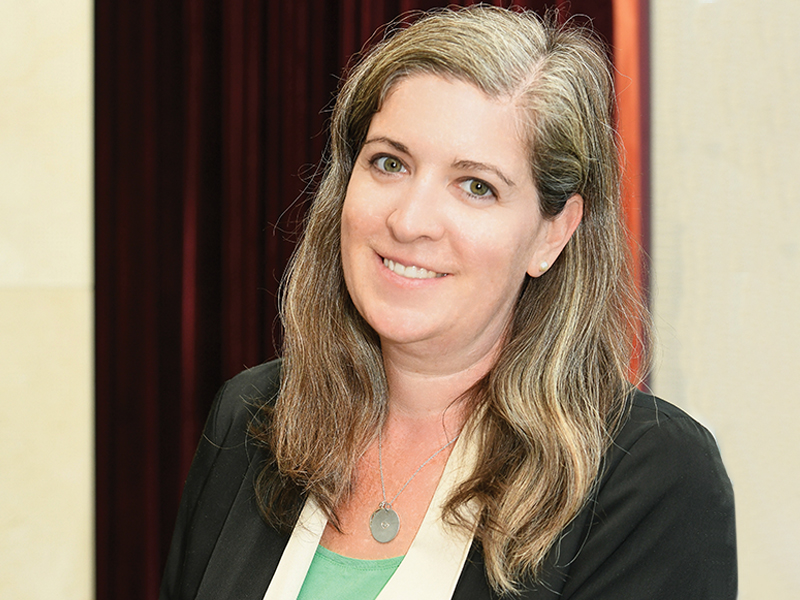

Since this month’s editorial is my farewell (for just five months) as I prepare for the birth of my second child at the end of 2023, sitting down to write it prompted me to look back at my editorial three years ago when I was getting ready to become a parent for the first time.
While my life was certainly very different, it was also 2020, so the world — and the workplaces — we all knew were in the first stages of a multi-year monumental shift. My words do seem dated, but they’re also somewhat prescient — and, in some ways, have longevity, since they’re still mostly true today.
I wrote about leaving behind a challenging year with more uncertainty on the horizon (remains true) while people around the world were adjusting to the new realities of their personal and professional lives (remains true). Of course, 2023 was also a challenging year on a global scale due to ongoing wars and conflict rather than a global health-care crisis. But it still sets the scene for plenty of uncertainty ahead.
Read: Editorial: Looking back — and ahead — in an unprecedented year
On a personal level, the uncertainty ahead for me is how I’ll manage the colossal change of being the mother of a toddler to adding a newborn into the mix. I am nervous but excited for the challenge. However, I do worry about childcare issues, which I also touched on in my last editorial of 2020, when working parents were forced to juggle the dual responsibilities of their work tasks and caring for their children who were either out of daycare or attending school virtually.
When my new baby arrives, I intend to keep my son in daycare so he has some familiar structure and routine in his life in the wake of the big change. But my employer doesn’t provide a top-up to the government’s employment insurance benefits, so I’ll be taking a massive pay cut during a time that’s already financially challenging due to the increasing cost of living. I honestly don’t know if I’ll be able to continue sending him to daycare during my five-month parental leave.
Another downside of not receiving an employer top-up to EI is that I won’t be able to contribute to my group registered retirement savings plan (since I won’t have a salary) and so, subsequently, I won’t receive the company match. This is just one more financial stressor to add to a difficult financial time.
But while my financial challenges are specific to the choices I’ve made, many young people are up against financial pressures over which they have no control. Alongside interest rates and inflation, rent and housing prices are sky high across the country, which is, by all accounts, on the cusp of a recession. Many are living paycheque to paycheque, moving back home and considering not having children. Understandably, saving for retirement isn’t even on their radars.
So in our annual CAP Suppliers Report, we look at how capital accumulation plans are evolving to meet the financial needs of different generations. As one expert puts it: “Is it time for employers to flip the script and have savings as the main component of the total rewards plan as opposed to a retirement plan?”
Looking back at my last editorial of 2020, I wrote about taking comfort in the incoming predictability of the newborn months, despite the uncertainty ahead. It turns out — as any parent knows — those early days, weeks and months of motherhood is anything but predictable, so even though I’ve been through it before, I’ll have to be open and see what comes in the months ahead.
In the meantime, I wish you all a festive close to another challenging year and much hope and light for 2024.
Jennifer Paterson is the editor of Benefits Canada and the Canadian Investment Review.
